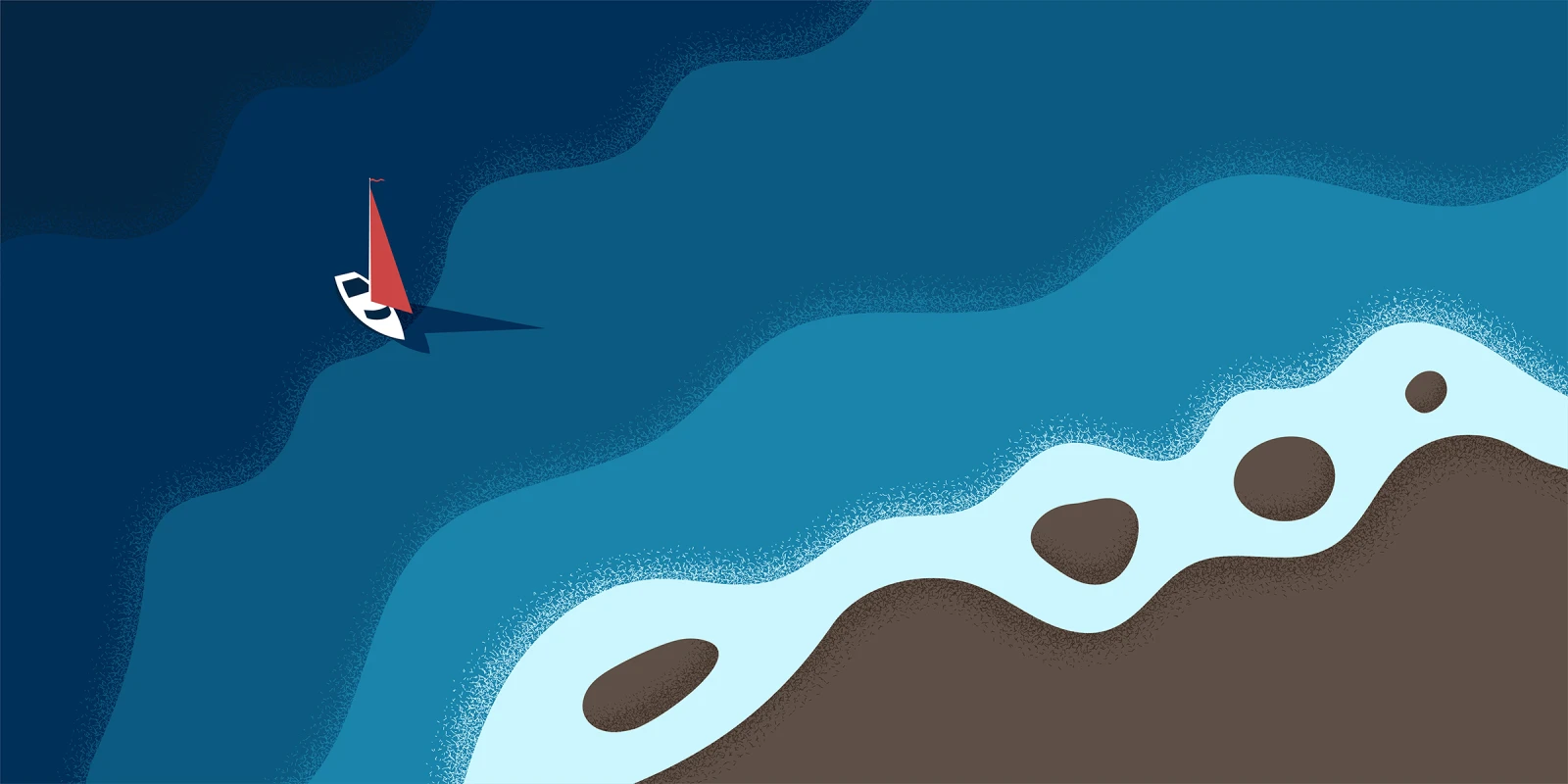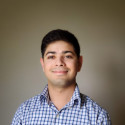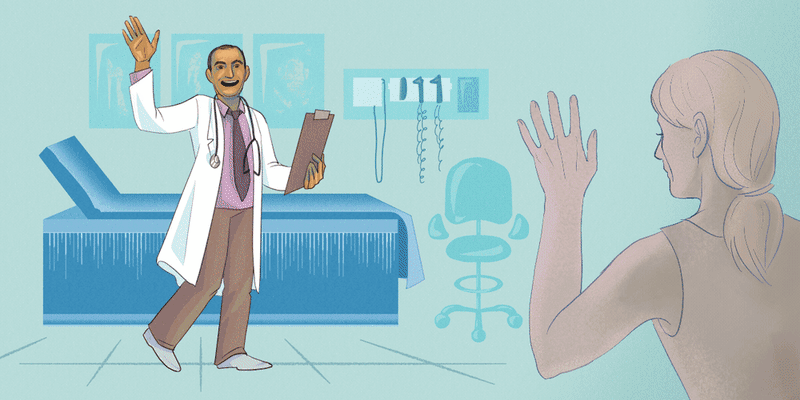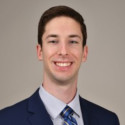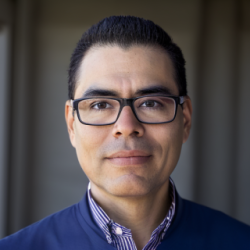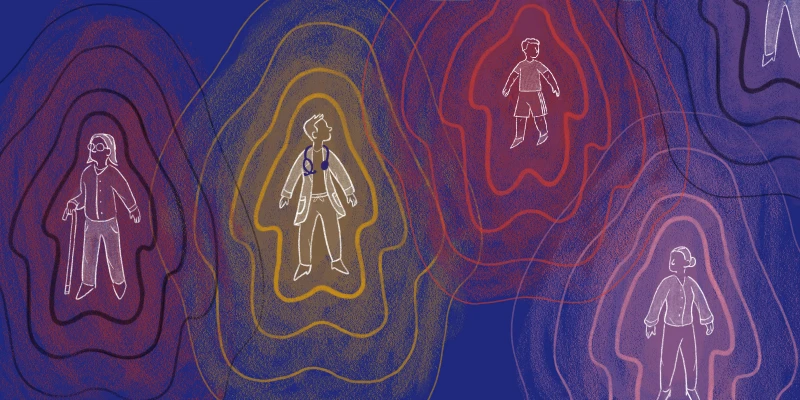There’s something about the Fourth of July that awakens a peculiar boldness in the average American. For one night, we choose to become rocketeers and amateur pyrotechnicians, occasionally with devastating consequences. EDs brace themselves for the annual onslaught, preparing to treat burns, fractures, and, every so often, what we refer to in medicine with an unsettling frankness: mangled hands. During my gap year as a scribe in an orthopaedic clinic, these were the kinds of injuries I heard about in passing conversations — or was involuntarily shown photos of — sandwiched in between vacation plans on the Cape and the obligatory sun-drenched family portraits on the beach. It’s an association with the Fourth that is as jarring as it is tough to shake.
My awe for medicine, and of its practice, deepened in that year — the tedium of note writing and all. For the first time, I had a front-row seat to the art of diagnosis, and it was my job to jot it all down for the sake of posterity. Carpal tunnel syndrome, tennis elbow, Dupuytren’s contracture, and their requisite Phalen’s tests, middle finger tests, and tabletop tests became second nature to my own fingers, typing furiously but with greater ease each day. I customized my smart phrases down to a science, so that I could walk in behind the doctor, a blank EPIC note pulled up on my screen, and within a minute, determine which templates to use, listen for key details in the history, and try my hand at a preemptive diagnosis. After nearly a year in that role, I’d rarely have to change it.
One afternoon, a woman settled into the chair across the small table from the doctor, her shoulders drawn forward. She came in with a dull, persistent ache in her forearm that didn’t fit neatly into the mental catalogue of diagnoses that I had been assembling during my apprenticeship as a scribe. The doctor asked several open-ended questions, pressed along the muscles, rotated her wrist, and watched her face. For a moment, I thought he might be as uncertain as I was. He paused, his hand still resting lightly on her forearm, a reassuring gesture that seemed to reset the conversation. Although the specifics of that case are now lost to me, I remember being baffled by how obscure it felt as he gently explained her condition — as though, in that brief pause, he had traced a path through the labyrinthine corridors of the medical library, reached into some dusty alcove, and summoned a cryptic tome. Years of studying anatomy, pathophysiology, and pharmacology, among a litany of other “-ologies” allowed him to thread his way through the hallways of medicine with the air of a practiced sage. My first apprenticeship in the art of diagnosis only served to heighten my awareness of the level of mastery a physician should have.
I recently attended a lecture by Lisa Sanders, fittingly titled “The Art and Science of Diagnosis,” where she described a hierarchy of skills and knowledge: At the base are the foundational sciences; above them is clinical intuition; and at the top is the awareness of cognitive pitfalls — the likes of premature closure, confirmation bias, and context error. The higher levels rest on the strength of the lower ones, and without a solid base, they can’t hold for long. It’s a level of mastery I know I have not yet reached in medicine. But Sanders’ pyramid reminded me of something my sailing instructor once laid out in class. In sailboat racing, there, too, is a hierarchy: boat handling at the base, then boat speed, and tactics at the top. In class, many of us were eager to jump ahead to the gamesmanship, wanting to learn how to outmaneuver another boat at the windward mark or how to play the headers and lifts, but our tacks were still clumsy and our sail trim inconsistent.
Each season of sailing has offered me something new. The first season taught me to rekindle my childlike curiosity, without the weight of perfection. Later, sailing became a refuge from the blinding pace of life ashore. This summer I learned to race, now having to pay attention to the little details to eke out the most performance from the boat. One early July evening, I went out to practice sailing with the jib, feeling ready to push myself to handle the two sails single-handed. Gusts danced across the surface of the water, their idiomatic expression revealed in the patches of ripples, wrinkles on the lake signaling its mood shift. With apprehension, but conviction too, I pulled the jib sheet as the sail unfurled and fluttered in protest before it filled with wind and snapped taut. I had reefed the main sail in advance, a concession to my nerves, leaving me with just enough power to feel challenged, but not overwhelmed. It was a dance of sorts, with one hand gripping the tiller extension while trying to lean across the cockpit to wrestle the leeward jib sheet into its cleat and lock it in place.
There was a time when I could only react, releasing the main sheet after the gusts had already struck, catching me broadside and forcing the boat to heel over more than I cared for. Only now, I’m aware enough to hold the main sheet in hand, sometimes cleated, but always at the ready, prepared to ease it in a breath to spill the wind, or to hold tight and lean out over the side, letting the boat accelerate forward. On that July day, I felt it — that flicker of confidence that comes from grappling with something just beyond reach, and with it, a realization that I had stopped merely sailing and had begun to learn to sail well.
I treasure these moments because they make growth visible, growth that is often much slower, more abstract, and harder won in medicine. This July 4th, while the rest of the nation seemed caught up in its usual charcoal-fueled fervor, I returned to the lake in the evening. The lingering summer sun spilled through storm clouds in the distance. From the vantage point of the sailboat, the dockhouse sat modestly on the western shoreline. Behind it, the medical school rose from the hillside, its silhouette neatly interrupted by the green lights of the helipad. A soft glow on the horizon traced the buildings in an almost reverent halo. The medical school’s ethereal presence presided over the lake. It’s hard to not draw a connection between the two worlds. Out on the lake, looking up at the medical school, I can feel progress in the fluidity of each tack. It reminds me that in medicine, that feeling comes more slowly, often hidden until something unfamiliar reveals how far I’ve come.
What moments outside medicine have shown you how much you’ve grown within it? Share in the comments.
Sahil Nawab is a medical student at UMass Chan Medical School in Worcester, MA. He is an avid aviation enthusiast and private pilot who enjoys exploring the world from many unique perspectives. Sahil was a 2024-2025 Doximity Op-Med Fellow.
Image by azatvaleev / Getty Images
